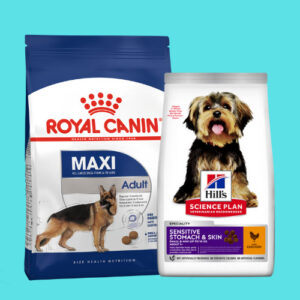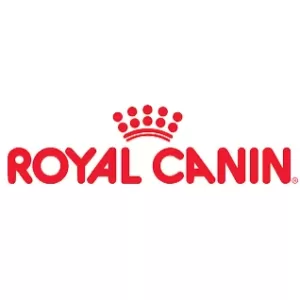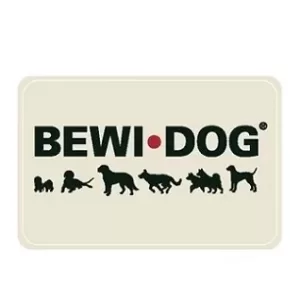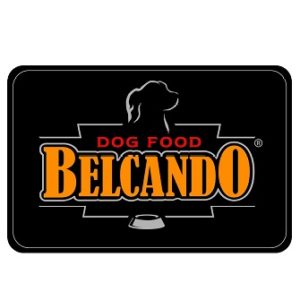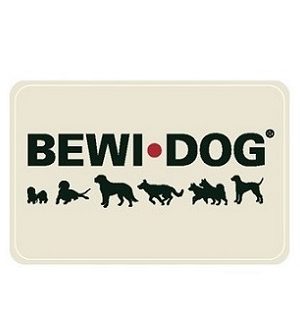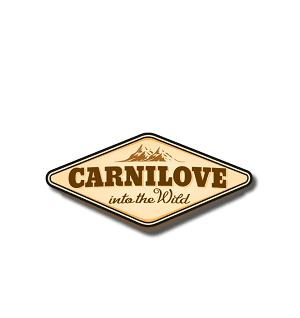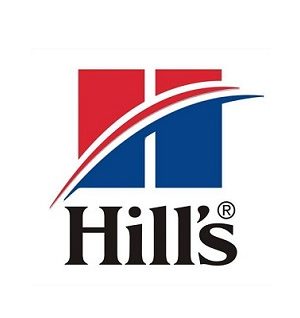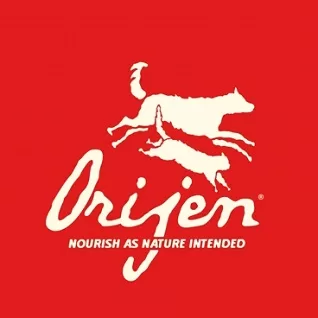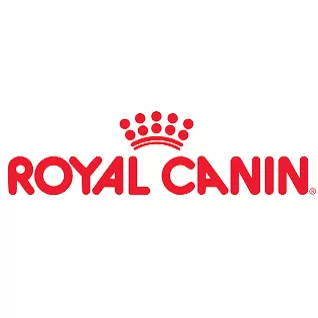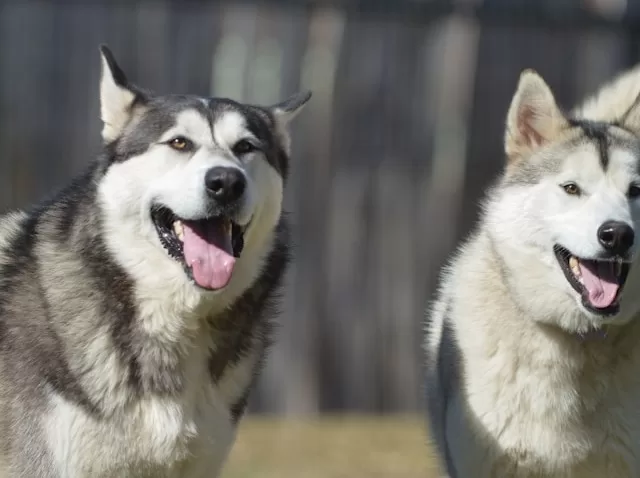If you’re a proud dog parent, you’ve probably come across the term “dry dog food.” But what exactly is it, and why is it so popular? Let’s break it down in simple terms at Zooandpet Pet Shop.
What is Dry Dog Food?
Dry dog food, also known as kibble, is a type of dog food that comes in small, bite-sized pieces. These pieces are made using a process called extrusion, where ingredients are mixed, cooked, and shaped into the familiar kibble form. This type of food is designed to meet your furry friend’s nutritional needs while also being convenient for you.
Why Do People Choose Dry Dog Food?
Convenience: Dry dog food is easy to store and has a longer shelf life compared to wet food. You can simply pour it into your dog’s bowl without any mess.
Dental Health: Some dry dog foods are formulated to help keep your pup’s teeth clean. The act of chewing the crunchy kibble can help reduce plaque and tartar buildup.
Nutrition: Reputable brands of dry dog food are carefully formulated to provide a balanced diet for your dog. They contain essential nutrients like protein, carbohydrates, fats, vitamins and minerals.
Cost-Effective: Dry dog food often tends to be more affordable than wet or specialized diets. It’s a budget-friendly option that doesn’t compromise on your dog’s nutrition.
Dry Dog Food in Zooandpet Pet Shop
-
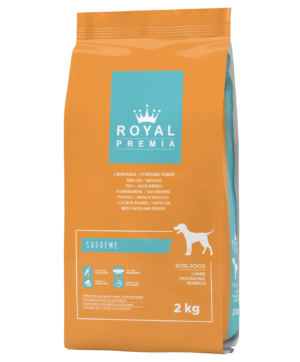 Royal Premia Basic Dry Dog food 2kgAED 36.00
Royal Premia Basic Dry Dog food 2kgAED 36.00 - Product on sale
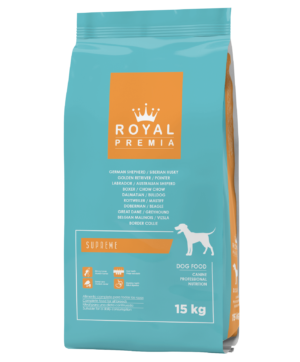 Royal Premia Basic Dog food 15kgOriginal price was: AED 150.00.AED 135.00Current price is: AED 135.00.
Royal Premia Basic Dog food 15kgOriginal price was: AED 150.00.AED 135.00Current price is: AED 135.00. -
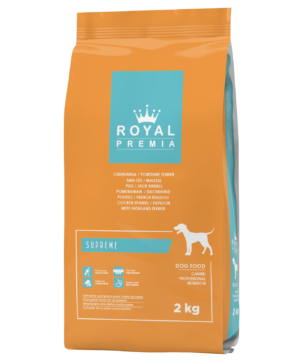 Royal Premia Advance Supreme Dog Food Dry 2kgAED 43.00
Royal Premia Advance Supreme Dog Food Dry 2kgAED 43.00 - Product on sale
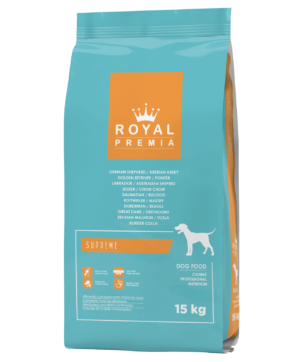 Royal Premia Advance Supreme Dry Dog Food 15kgOriginal price was: AED 185.00.AED 165.00Current price is: AED 165.00.
Royal Premia Advance Supreme Dry Dog Food 15kgOriginal price was: AED 185.00.AED 165.00Current price is: AED 165.00. -
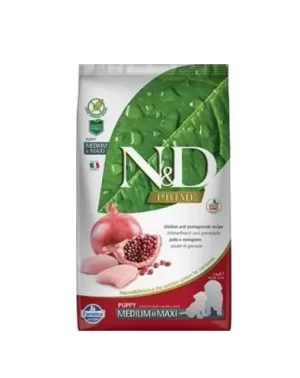 Farmina N&D Prime Dog Chicken&Pomogranate Puppy Med/Maxi, 2.5 KgAED 120.00
Farmina N&D Prime Dog Chicken&Pomogranate Puppy Med/Maxi, 2.5 KgAED 120.00 -
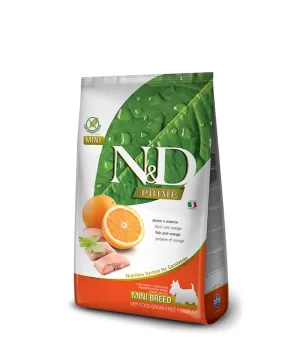 Farmina N&D FISH & ORANGE ADULT MINI 2.5kgAED 120.00
Farmina N&D FISH & ORANGE ADULT MINI 2.5kgAED 120.00 -
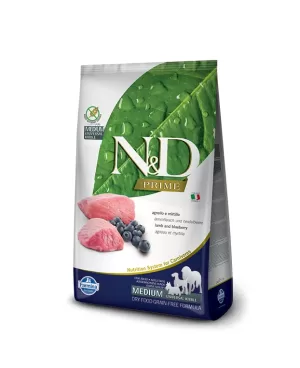 Farmina N&D LAMB & BLUEBERRY ADULT MEDIUM 2.5kgAED 120.00
Farmina N&D LAMB & BLUEBERRY ADULT MEDIUM 2.5kgAED 120.00 -
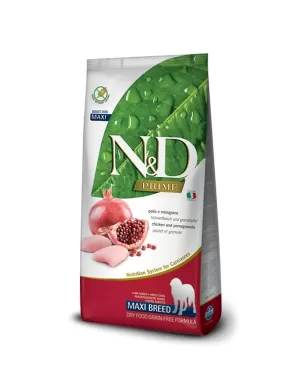 Farmina N&D Chicken and Pomegranate Adult Maxi Dog Food, 12 kgAED 350.00
Farmina N&D Chicken and Pomegranate Adult Maxi Dog Food, 12 kgAED 350.00 -
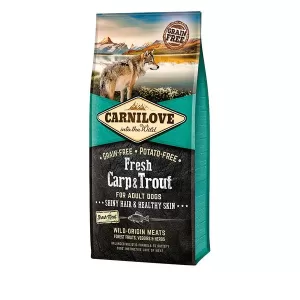 Carnilove Fresh Carp & Trout for Adult DogsPrice range: AED 58.00 through AED 350.00
Carnilove Fresh Carp & Trout for Adult DogsPrice range: AED 58.00 through AED 350.00
Choosing the Right Dry Dog Food
When shopping for dry dog food, keep these tips in mind:
Read the Label: Look for a statement like “complete and balanced” on the packaging. This means the food meets certain nutritional standards.
Check the Ingredients: The first few ingredients are the most important. Meat (chicken, beef, etc.) should ideally be at the top of the list.
Consider Dog’s Age and Size: Puppies, adult dogs and senior dogs have different nutritional needs. There are also specific formulas for small, medium and large breeds.
Avoid Fillers: Try to avoid foods with excessive fillers like corn or soy, as these provide less nutritional value.
Consult Your Vet: If your dog has special dietary needs or health concerns, your veterinarian can help you select the best food.
Subscribe to Zooandpet Pet Shop newsletter!
For weekly offers, promotion, discounts and coupons.
How to Feed Dry Dog Food
Portion Control: Follow the feeding guidelines on the packaging. Overfeeding can lead to obesity, while underfeeding can result in nutrient deficiencies.
Fresh Water: Always provide your dog with fresh water alongside their dry food.
Transition Gradually: If you’re switching your dog’s food, do it gradually over a week to avoid stomach upset.
Treats in Moderation: You can use a few kibbles as treats during training, but don’t overdo it to avoid upsetting the balance of their diet.
Top Dry Dog Food Brands
Overall
Dry dog food is a convenient, affordable and nutritionally balanced option for feeding your furry friend. Just remember to choose a high-quality brand that suits your dog’s age, size and dietary needs. With proper portion control and a little love, your dog will enjoy a happy and healthy life fueled by their favorite kibble.


